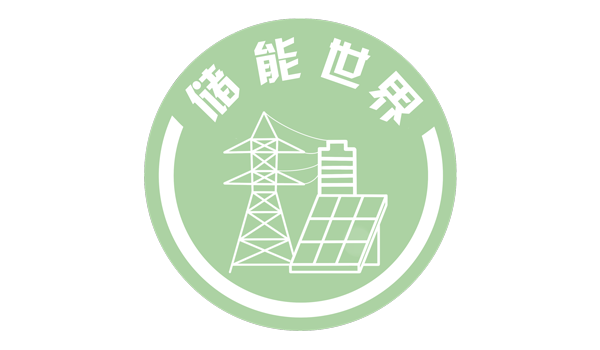- 版本
- 下载 4
- 文件大小 9.82 MB
- 文件计数 1
- 创建日期 2024-01-09
- 最后更新 2024-01-09
Alternative Battery Technologies Roadmap 2030+
Lithium-ion batteries (LIBs) are currently the dominant bat- tery technology and address a global market that is expected to reach nearly one TWh in 2023. In the coming decade, LIBs will essentially be the only scaled technology besides lead-acid (PbA) batteries. LIBs exhibit the highest growth rates and have even overtaken PbA batteries owing to their use in electric passenger cars, commercial vehicles and many other mobility concepts, stationary applications and of course continue to be used in mobile (consumer) devices.
While world regions are currently in the critical phase of build- ing up their battery ecosystems based on LIBs, parallel polit- ical and geopolitical tensions are setting a new framework. The leading Chinese position in particular is being critical- ly observed. Measures such as the European Battery Regula- tion to shape the conditions for a European battery value chain (with mandatory sustainability and safety requirements) or the US Inflation Reduction Act (IRA) to re-industrialize the USA and attract direct investments into the region are thought to increase the resilience and sovereignty of those regions.
In this context, a new focus on industrial policies and concen- trated funding can be observed in all world regions and coun- tries. Strategic agendas have been formulated recently and have been partly updated to take into account the existing and increasing geopolitical dependencies and market structures.
In terms of European technology sovereignty, the main ques- tions revolve around a resilient and sustainable circular battery ecosystem which requires access to the supply chain. From raw materials and components through to establishing cell produc- tion capacities to meet the increasing demand from automo- tive industries as well as other system integrators and users. There are strategies to ease the raw material dependencies through mining projects in Europe (especially lithium) or recy- cling of LIBs. These can only however partially solve the prob- lem of dependencies and/or will only have a substantial impact in 10 years or more (e.g., in the case of recycling). Limiting the resources used (e.g., by reducing scrap in battery production or by using more efficient processes with smart, digital produc- tion) or reducing the batteries needed (through the promotion/ support of sustainable use and end-consumer behavior, e.g., sharing) are some of the measures which can help to reduce technology dependencies on LIBs.
However, the battery demand will still increase tenfold in the coming decade and potentially even beyond that. With this huge demand on the one hand and only one battery technolo- gy available on a large scale on the other, the question of alter- native battery technologies available is more than justified.
In addition to LIBs, there are at present many other alternative battery technologies that are still being developed or are about to enter the market. Therefore, this roadmap focuses on those alternative battery technologies that seem promising for one or more applications with a more medium- to long-term per- spective, i.e., on batteries that have not yet been commercially established on a large scale. The roadmap covers the following alternative battery technologies:
Metal-ion (Me-ion)
Sodium-ion batteries (SIBs)
Sodium-ion saltwater batteries (SIBs Salt)
Magnesium-ion batteries (MIBs)
Zinc-ion batteries (ZIBs)
Aluminum-ion batteries (AIBs)
Metal-sulfur (Me-S)
Lithium-sulfur (Li-S)
Sodium-sulfur room temperature (Na-S RT)
Sodium-sulfur high temperature (Na-S HT)
Metall-Luft (Me-air)
Lithium-air (Li-air)
Zinc-air (Zn-air)
Redox flow batteries (RFBs)
The roadmap provides a systemic perspective and covers tech- nical (KPIs and potential developments), economic (cost, mar- kets, production, supply chains), and ecological aspects (e.g., resource availability and ecologic footprint of battery materials) and compares them with the benchmark of LIBs. In doing so, this roadmap also intends to contribute to current discussions such as European technology sovereignty and geopolitical aspects. The insights summarized and discussed are based on an extensive literature review, an online survey and an in-depth expert consultation process.


















我们登载此文出于传递更多信息之目的,并不意味着赞同其观点或证实其描述,其原创性以及文中陈述文字和内容未经证实,对本文以及其中全部或者部分内容、文字的真实性、完整性、及时性本站不作任何保证或承诺,文章内容仅供参考! 因内容为机器人自动从互联网自动抓取,如您不希望您的作品出现在我们的平台,请和我们联系处理邮箱[email protected],电话:18626060360,谢谢!





